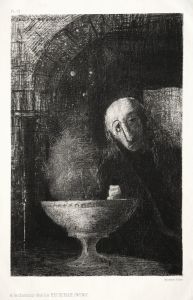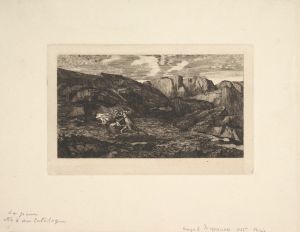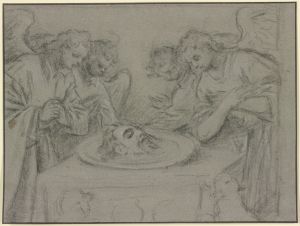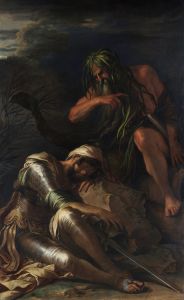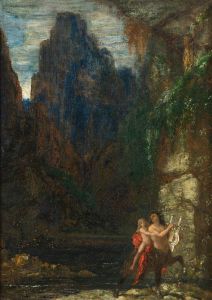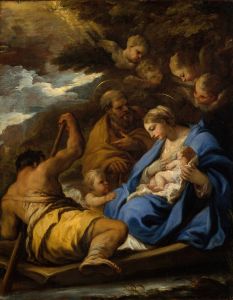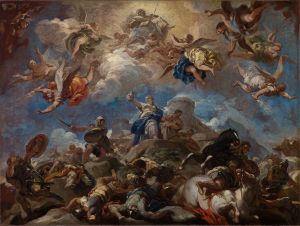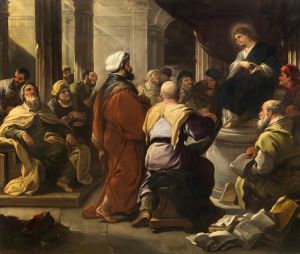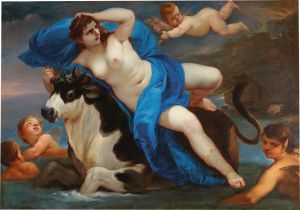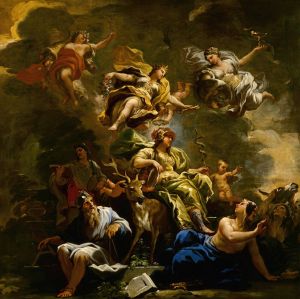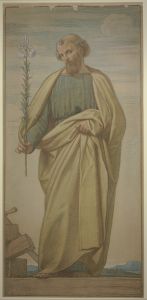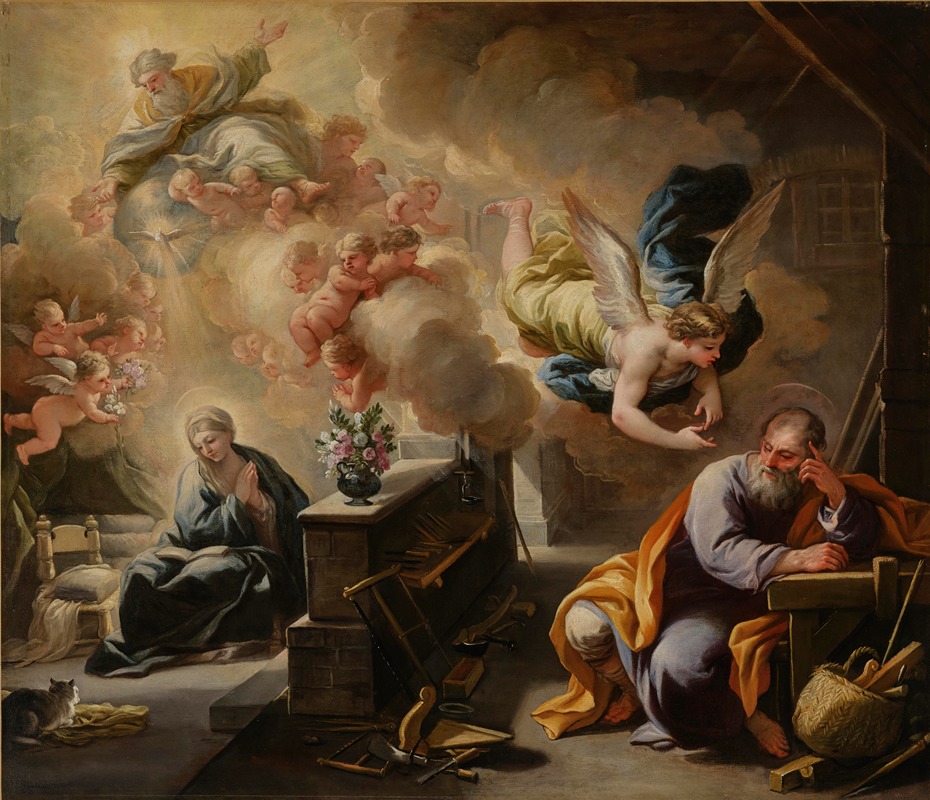
The Dream of St. Joseph
A hand-painted replica of Luca Giordano’s masterpiece The Dream of St. Joseph, meticulously crafted by professional artists to capture the true essence of the original. Each piece is created with museum-quality canvas and rare mineral pigments, carefully painted by experienced artists with delicate brushstrokes and rich, layered colors to perfectly recreate the texture of the original artwork. Unlike machine-printed reproductions, this hand-painted version brings the painting to life, infused with the artist’s emotions and skill in every stroke. Whether for personal collection or home decoration, it instantly elevates the artistic atmosphere of any space.
Luca Giordano, an eminent Italian Baroque painter, created "The Dream of St. Joseph" in the late 17th century. Giordano, born in Naples in 1634, was known for his prolific output and versatility, often drawing inspiration from the works of masters like Caravaggio, Rubens, and Pietro da Cortona. His ability to adapt and integrate various styles made him one of the most sought-after artists of his time.
"The Dream of St. Joseph" depicts a biblical scene from the Gospel of Matthew, where an angel appears to Joseph in a dream. This event is significant in Christian theology as it reassures Joseph about the divine nature of Mary's pregnancy and instructs him to name the child Jesus. Giordano's interpretation of this moment is a testament to his skill in conveying religious narratives with emotional depth and dramatic flair.
In the painting, Giordano employs a dynamic composition and a rich color palette, characteristic of the Baroque style. The use of chiaroscuro, a technique involving the contrast of light and shadow, enhances the ethereal presence of the angel and highlights Joseph's contemplative expression. The angel, often depicted with flowing robes and a serene demeanor, serves as a divine messenger, while Joseph is portrayed in a state of gentle awakening, capturing the moment of divine revelation.
Giordano's work is notable for its fluid brushwork and the ability to convey movement and emotion. In "The Dream of St. Joseph," these qualities are evident in the delicate rendering of fabrics and the expressive gestures of the figures. The painting reflects Giordano's mastery in creating a sense of immediacy and intimacy, drawing the viewer into the spiritual experience of the scene.
Throughout his career, Giordano was celebrated for his ability to produce large-scale works quickly, earning him the nickname "Luca Fa Presto" (Luca the Quick). His reputation extended beyond Italy, leading to commissions in Spain, where he worked for King Charles II and left a lasting impact on Spanish Baroque art.
"The Dream of St. Joseph" is part of Giordano's extensive oeuvre, which includes religious, mythological, and historical subjects. His works are housed in numerous prestigious collections worldwide, including the Museo del Prado in Madrid and the Kunsthistorisches Museum in Vienna. Giordano's influence persisted long after his death in 1705, as his dynamic compositions and vibrant use of color continued to inspire artists in the Baroque tradition and beyond.
In summary, Luca Giordano's "The Dream of St. Joseph" exemplifies the artist's ability to blend narrative clarity with artistic innovation. Through his adept use of Baroque techniques, Giordano captures a pivotal moment in Christian theology with both reverence and artistic brilliance, securing his place as a master of religious painting in the Baroque era.





